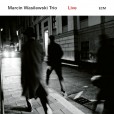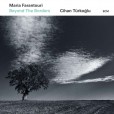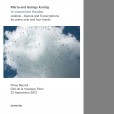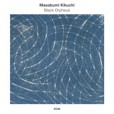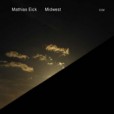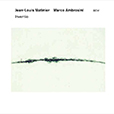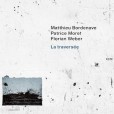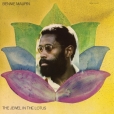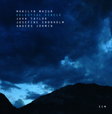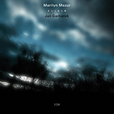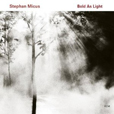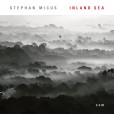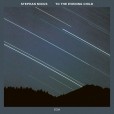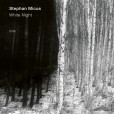Your basket is empty

Polish piano trio lining up Ornette, Hermeto Pascoal, Hans Eisler, Paul Bley and Fran Landesman alongside five of its leader’s compositions.
‘What playing!’ raved Alex Ross in the New Yorker. ‘Notes were placed with surgical care; inner voices gleamed in crystalline patterns; elusive emotional states were painted with quick, light strokes.’
A compendium of tiny homages to composers from Scarlatti to Stravinsky, and tributes to colleagues and influences, interspersed with heart-stopping Bach transcriptions. The wit and sublimity of these games, the incisiveness of the playing, four hands on the piano, and the affection between the elderly partners, are really something to see. Off the beaten path for us, but hotly recommended.
Evocative, engaging considerations of close relationships, a bit like a family portrait, centred on the German town of Ravensburg (home of the trumpeter’s grandmother), by a sextet including affective violin and two drummers, involving African percussion, homemade cymbals and bundles of brushwood, with ‘driving rhythm at the bottom end and soaring melody at the top.’
Alluring duets by Swedish nickelharpa and accordion, inspired by Bach’s sonatas and Pergolesi. (You might recall Matinier from sessions with Anouar Brahem and Louis Sclavis.)
‘A more selfless album is hard to imagine,’ according to Down Beat in 1975. ‘The sound is supreme, and all the players strive to achieve a thorough blending.’ Recorded in New York in 1974, the disc’s personnel is drawn from the circle around Herbie Hancock in the period, but the music has a character all its own.
‘A classic of 1970s spiritual jazz, and as much as any recording on Strata East or Black Jazz, Maupin’s ECM offering is a wonder of arrangement and composition with gorgeous ensemble play, long yet sparse passages, space, and genuine strangeness. Maupin plays all of his reeds and flute in addition to glockenspiel here; Summers’ percussion effects include a water-filled garbage can. The two drummers swirling around in different channels don’t ever play the same thing, but counter and complement one another. And Hancock plays some of the most truly Spartan and lyrically modal piano in his career here… This album sounds as timeless and adventurous in the present as the day it was released’ (AllMusic).
‘Luminessence Series.’
Marimba, bowed vibraphone and waterphone, hang, bells, gongs, cymbals, magic drum, log drum, sheep bells, Indian cowbells, udu drum, various drums and metal-utensils… with Jan Garbarek.
Multi-tracking especially the raj nplaim from Laos and the nohkan from Japan (a free-reed pipe and flute, both bamboo), as well as many male voices, inspired by Georgian polyphony, sung by himself.
Playing ndingo, genbri, guitars, suling, nay, rewab, rabab and shakuhachi, and singing.



